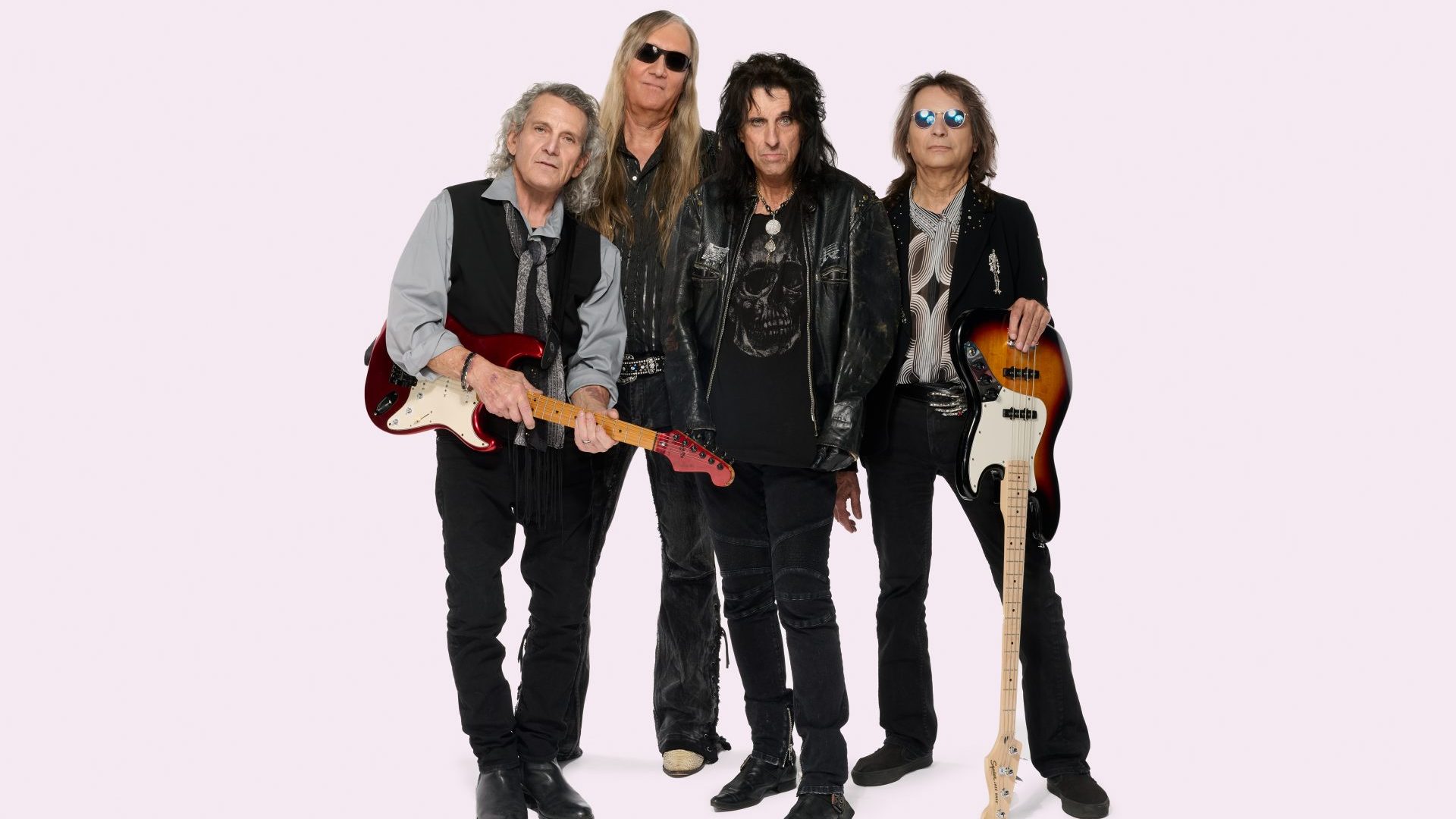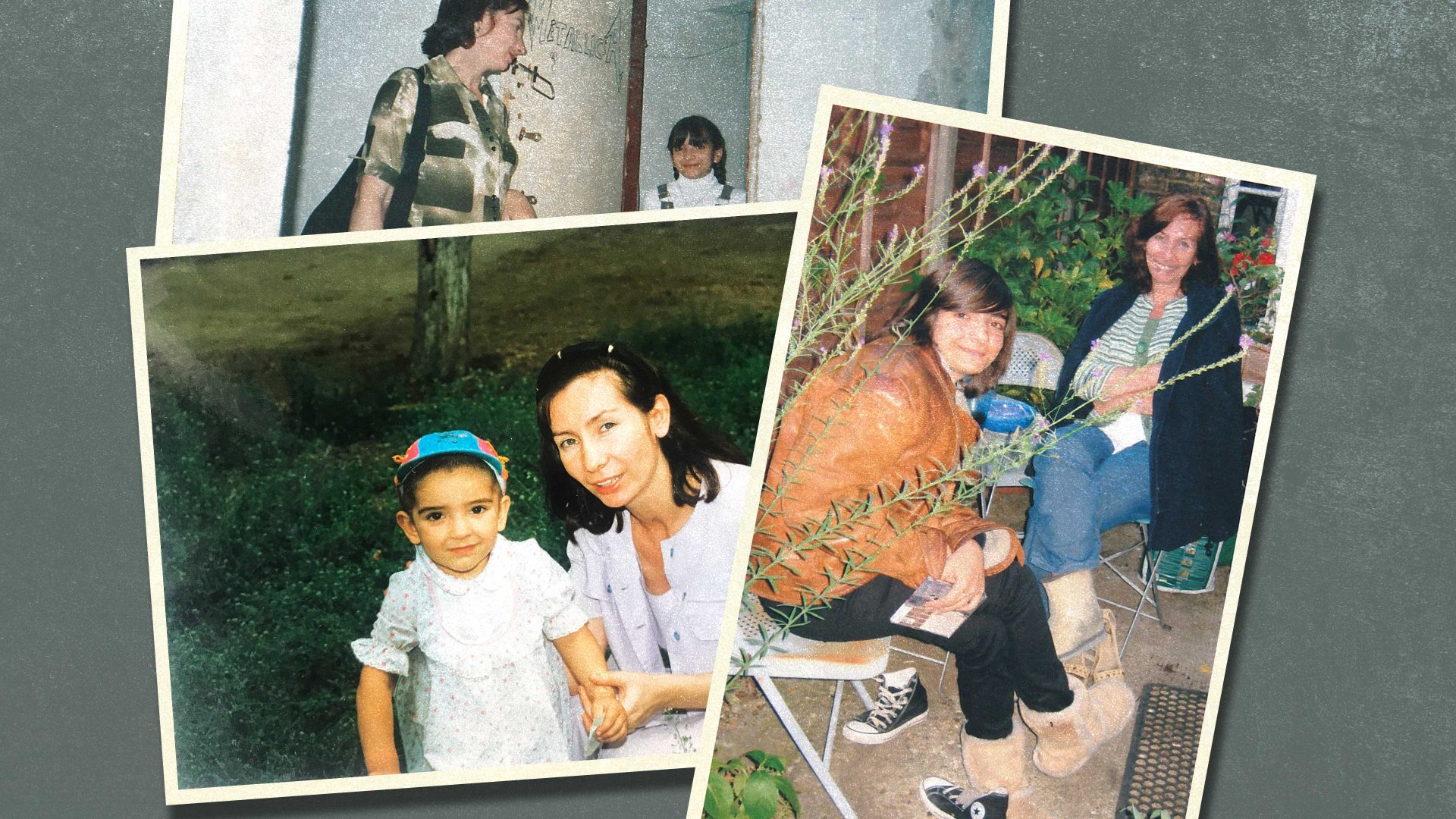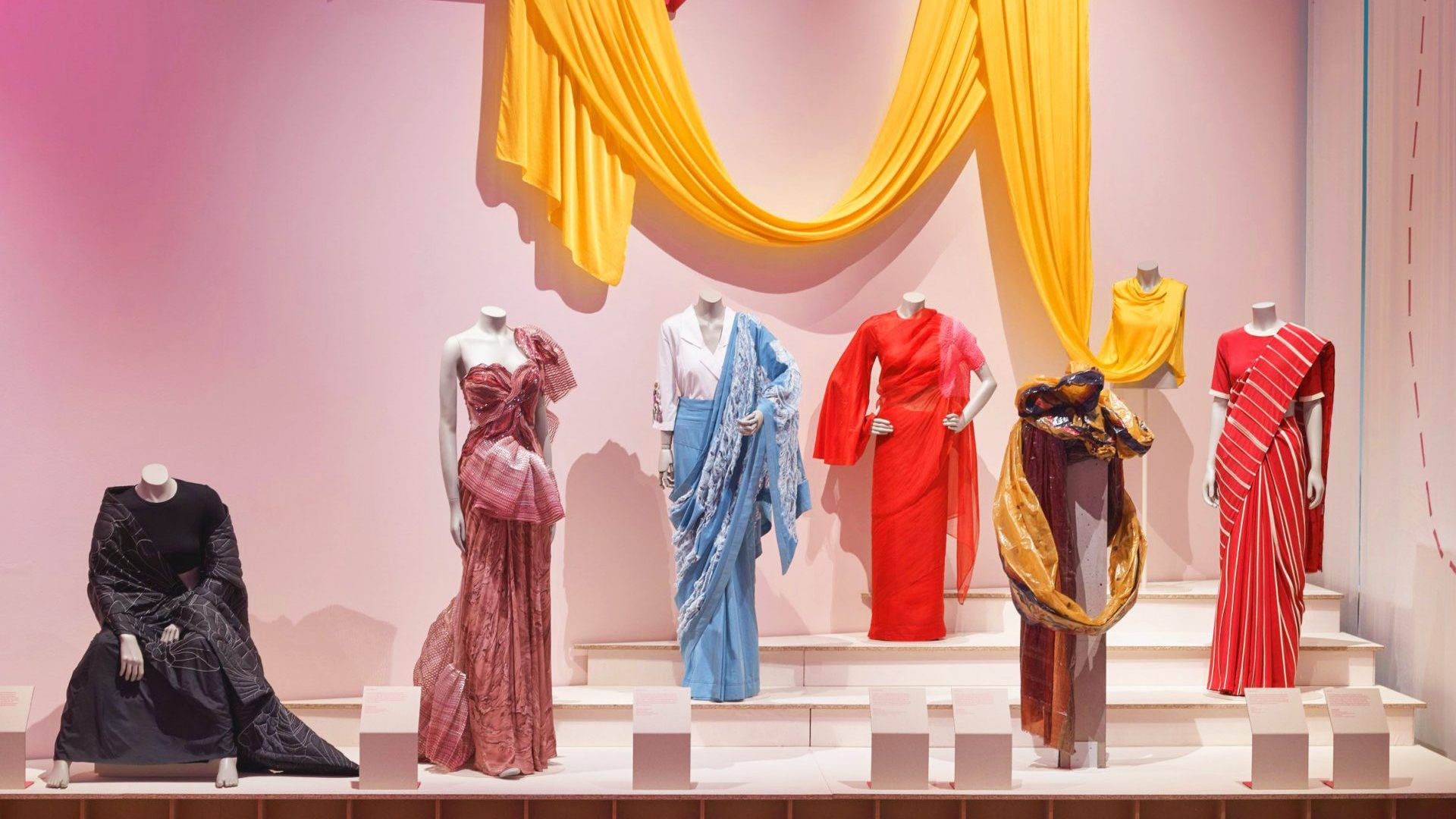Ozzy Osbourne secured his legacy just in the nick of time. That other great figurehead of rock theatricality, Alice Cooper, is surely hoping to do the same.
Osbourne’s “Back to the Beginning” career finale concert in Birmingham came just 17 days before his death and, by focusing on the greatness of Black Sabbath, saw the pantomimic excesses and musical lows of his solo career fade into the background.
Now Cooper, born Vincent Furnier in 1948, the same year as the Brummie prince of darkness, is also returning to his roots. The Revenge of Alice Cooper sees him reunited with the original band he took his stage name from for the first time in a staggering 51 years.
As a solo artist, Furnier willingly became a cartoonish figure through his schlocky stage shows, though at 40 years sober and a born-again Christian, God and golf are his true passions. As a result, the Alice Cooper band – Furnier plus guitarists Glen Buxton and Michael Bruce, bassist Dennis Dunaway, and drummer Neal Smith – are conflated with their larger-than-life frontman and thus chronically underrated.
Yet Alice Cooper was a band that, in just three years of stratospheric success, redefined the limits of rock performance, laid the ground for both metal and punk, and exposed the dark underbelly of America.
After two misfiring albums of psychedelic rock, Love It to Death (1971) was where Alice Cooper really came alive. It was 35 minutes of searing rock with an intriguing sense of drama and a heavily intoxicating atmosphere.
Produced by “sixth member” Bob Ezrin, the album had heavy rock anthems to rival anything coming out of metal’s birthplace of Britain, the bluesy depth of breakthrough single I’m Eighteen being unparalleled. Their gothic storytelling songs were truly unique, and the lunatic’s lament Ballad of Dwight Fry would have been as at home in a Broadway musical as at a rock concert.
The album courted controversy from the off. The band appeared in partial drag on the cover, anticipating both David Bowie and the New York Dolls, and Furnier’s thumb protruding through his clothing looked like a penis, leading to a censored version being issued. Subsequent live shows involved snakes, straitjackets and Furnier’s mock execution by electric chair.
The public loved it, and the Ezrin-produced Killer (1971), School’s Out (1972) and Billion Dollar Babies (1973) followed, the last becoming a No 1 album on both sides of the Atlantic. An epic Billion Dollar Babies Tour, taking in 90 dates all over the US and South America in just four months was proof of just how huge Alice Cooper had become.
Suggested Reading


Oasis have returned when we need them most
Pillars of society were alarmed. When the band appeared on ABC’s In Concert in late 1972, the show was pulled mid-broadcast by an outraged TV station executive. Even social reforming MP Leo Abse called for a UK ban, citing the band’s “anthems of necrophilia” (I Love the Dead was hardly to be taken so seriously ) and “incitement to infanticide” (Billion Dollar Babies’ title track and Dead Babies from Killer were much misconstrued).
But for all the ephemeral sensationalism, there was something genuinely subversive about Alice Cooper. They not only steamrollered over every taboo going, but made it clear they were thoroughly American as they did so.
Rather than using occult references like many of their contemporaries, they cannibalised the foundational popular culture of the US for their own dark mythology, from westerns, to vaudeville and Broadway (School’s Out even featured snippets of West Side Story). And when you stripped off the make-up and lamé, they were just beer- and football-loving guys from the Midwest; Furnier, born in Detroit, had been a high-school track star and, famously, was the son of a pastor.
Alice Cooper was the nation’s worst nightmare – all-American youth gone completely feral. As industrial decline, not least in Detroit, suggested the economic foundations of the social contract were falling away, the band seemed a presentiment of social breakdown. They were the maggots at America’s heart.
Fifty years on, Alice Cooper don’t enjoy anything like the credibility of their peers who emerged from the same garage band scene in Detroit. While MC5 and Iggy Pop’s Stooges are hailed as the “godfathers of punk”, Alice Cooper had too much camp and not enough cold nihilism for that. Yet it was I’m Eighteen that John Lydon mimed to when he auditioned for the Sex Pistols – Alice Cooper had an inherent punk energy over half a decade before that movement even existed.
While the band can’t be expected to light new fires of this kind as they look towards their 80s, Alice Cooper have staged a remarkable return to form on The Revenge of Alice Cooper, and it may yet remind audiences what they were once all about.
With Ezrin back behind the controls, there is an atmosphere on the record that sees half a century of time eerily collapse. Cooper’s voice remains uncannily unchanged, and the songs have the same solid rock foundation with a layer of baroque theatricality on top that made them so unique.
Buxton, whose guitar delivered both a rock grandiosity and a haunting mournfulness that was key to the sound of the band, died in 1997 but makes a crucial appearance via old recordings.
This is an album that looks back, it is also clearly a farewell, and it was the words of emotional closer See You on the Other Side that Furnier used as news of Ozzy Osbourne’s death broke just minutes before he took the stage in Cardiff last week. “We all know that time is going to take us rockers, but when the giants fall, it’s really hard to accept,’ he said, later adding “Rest easy, Ozzy and we’ll see you on the other side.”
We’ve lost one architect of heavy music and rock theatre. Time to appreciate the ones who are still here.
Sophia Deboick is a freelance writer who specialises in music and cultural icons




